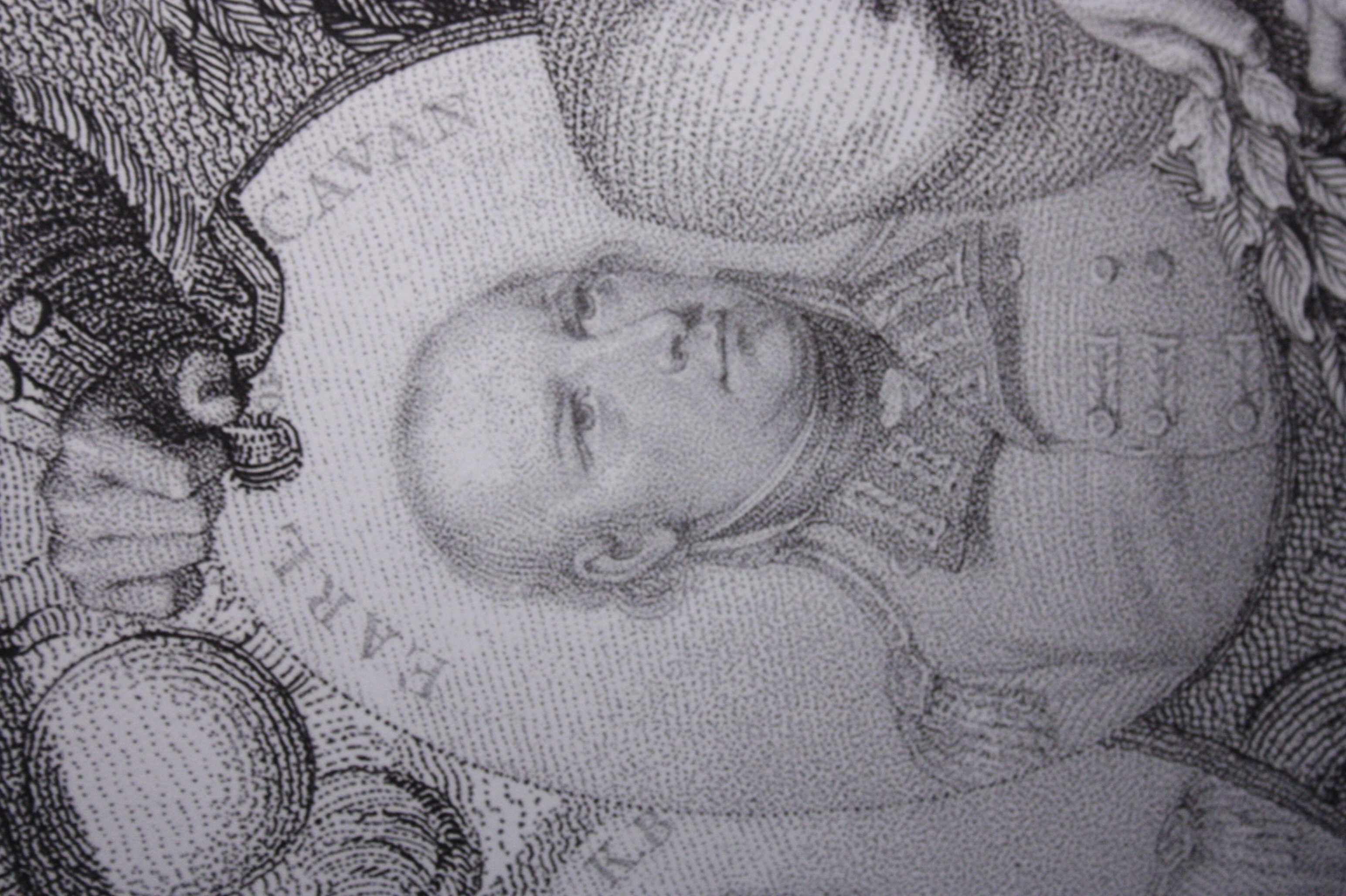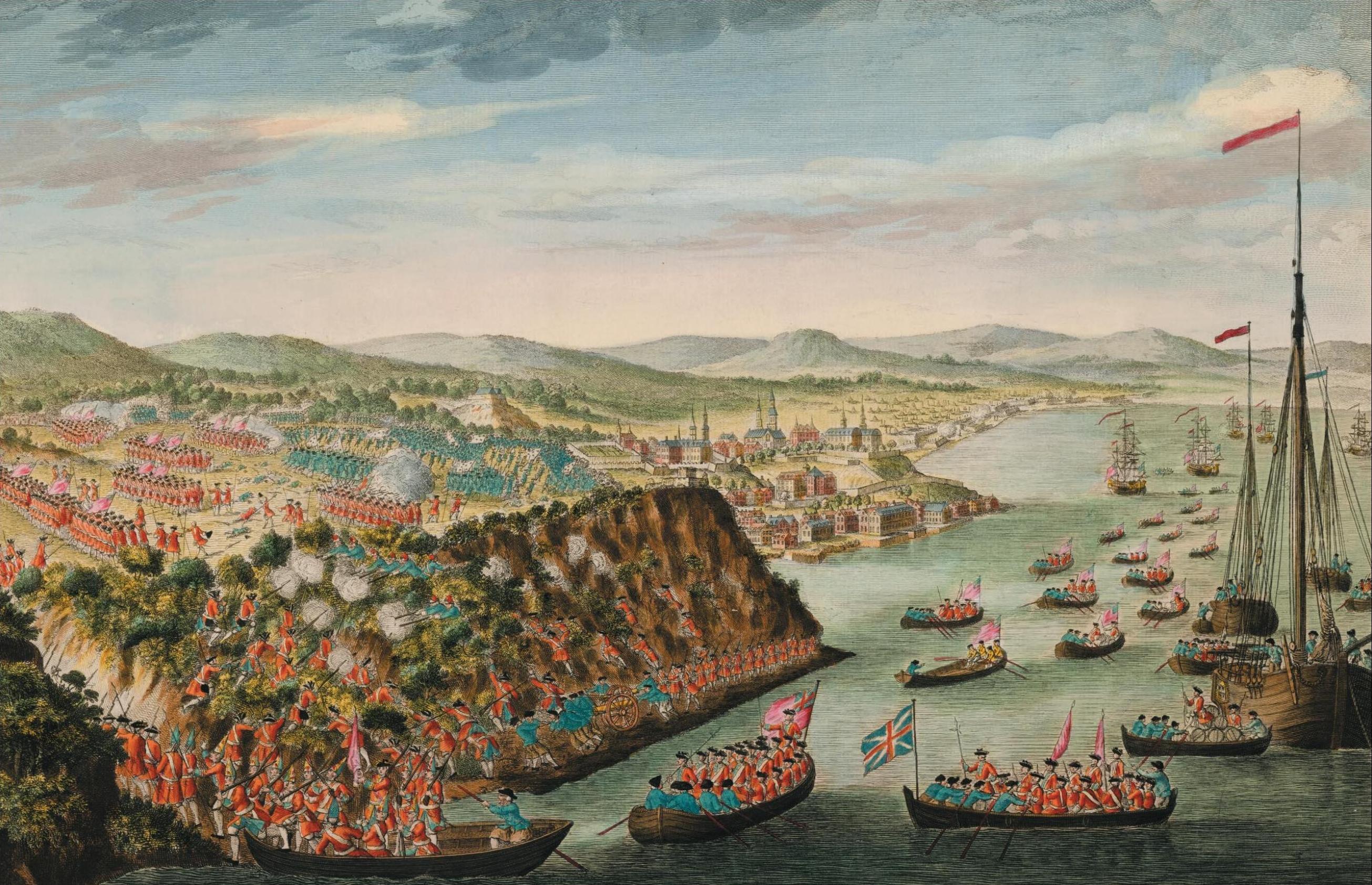|
Richard Lambart, 7th Earl Of Cavan
Richard Ford William Lambart, 7th Earl of Cavan (10 September 1763 – 21 November 1837), styled Viscount Kilcoursie from 1772 to 1778, was a British military commander throughout the Napoleonic era and beyond. He became head of the British Army in Egypt. He suggested to the British government the removal of the obelisk known as Cleopatra's Needle (London), Cleopatra's Needle, for long centuries embedded in the sand near Alexandria, Egypt. The undertaking was considered too costly and not taken up until 1877, and the obelisk now stands on the London Embankment to commemorate the conclusion of the Napoleonic Wars. Biography He was born into an Anglo-Irish people, Anglo-Irish aristocratic family, the only son of Richard Lambart, 6th Earl of Cavan, The 6th Earl of Cavan, whom he succeeded in 1778, and his second wife Elizabeth Davies, daughter of William Davies. He was commissioned as an ensign in the Coldstream Guards in 1779. In 1798 he was promoted to Major-General, and in 1800 ... [...More Info...] [...Related Items...] OR: [Wikipedia] [Google] [Baidu] |
Rugby School
Rugby School is a Public school (United Kingdom), private boarding school for pupils aged 13–18, located in the town of Rugby, Warwickshire in England. Founded in 1567 as a free grammar school for local boys, it is one of the oldest independent schools in Britain. Up to 1667, the school remained in comparative obscurity. Its re-establishment by Thomas Arnold during his time as Headmaster, from 1828 to 1841, was seen as the forerunner of the Victorian Public school (United Kingdom), public school. It was one of nine schools investigated by the Clarendon Commission of 1864 and later regulated as one of the seven schools included in the Public Schools Act 1868. Originally a boys' school, it became fully Mixed-sex education, co-educational in 1992. The school's alumni – or "List of Old Rugbeians, Old Rugbeians" – include a UK prime minister, a French prime minister, several bishops, poets, scientists, writers and soldiers. Rugby School is the birthplace of rugby football. [...More Info...] [...Related Items...] OR: [Wikipedia] [Google] [Baidu] |
William Henry Pringle
Lieutenant-General Sir William Henry Pringle GCB (21 August 1772 – 23 December 1840) was a British Army officer who served as a Member of Parliament (MP) for two constituencies in Cornwall. He was born the eldest son of Maj-Gen. Henry Pringle, of Dublin and educated privately and at Trinity College Dublin. He joined the British Army as a cornet and progressed to the rank of Colonel of the 64th Foot in 1816. Further promotion to Lieutenant-General followed before he was transferred as Colonel for life in 1837 to the 45th Regiment of Foot. He was made KCB in 1815 and GCB in 1834. He was MP for St Germans from 1812 to 1818, and then for Liskeard from 1818 to 1832. He died in 1840. He had married Harriet Hester Eliot on 20 May 1806 (the daughter and heiress of Hon. Edward James Eliot) with whom he had a son and 4 daughters. References * External Sources [...More Info...] [...Related Items...] OR: [Wikipedia] [Google] [Baidu] |
Frederick Cavendish Lister
Frederick may refer to: People * Frederick (given name), the name Given name Nobility = Anhalt-Harzgerode = *Frederick, Prince of Anhalt-Harzgerode (1613–1670) = Austria = * Frederick I, Duke of Austria (Babenberg), Duke of Austria from 1195 to 1198 * Frederick II, Duke of Austria (1219–1246), last Duke of Austria from the Babenberg dynasty * Frederick the Fair (Frederick I of Austria (Habsburg), 1286–1330), Duke of Austria and King of the Romans = Baden = * Frederick I, Grand Duke of Baden (1826–1907), Grand Duke of Baden * Frederick II, Grand Duke of Baden (1857–1928), Grand Duke of Baden = Bohemia = * Frederick, Duke of Bohemia (died 1189), Duke of Olomouc and Bohemia = Britain = * Frederick, Prince of Wales (1707–1751), eldest son of King George II of Great Britain = Brandenburg/Prussia = * Frederick I, Elector of Brandenburg (1371–1440), also known as Frederick VI, Burgrave of Nuremberg * Frederick II, Elector of Brandenburg (1413–1470), Margrave ... [...More Info...] [...Related Items...] OR: [Wikipedia] [Google] [Baidu] |
Thomas Graham, 1st Baron Lynedoch
Thomas Graham, 1st Baron Lynedoch (19 October 174818 December 1843) was a Scotland, Scottish Aristocracy, aristocrat, Politics, politician and British Army Officer (armed forces), officer. After his education at University of Oxford, Oxford, he inherited a substantial estate in Scotland, married and settled down to a quiet career as a landowning gentleman. However, with the death of his wife, when he was aged 42, he immersed himself in a military (and later political) career, during the French Revolutionary Wars and the Napoleonic Wars. Taylor described Graham as "tall, square-shouldered, and erect, his limbs sinewy and remarkably strong. His complexion was dark, with full eyebrows, firm-set lips, and an open, benevolent air. His manners and address were frank, simple, and polished". Early life and education Thomas Graham was the third and only surviving son of Thomas Græme of Balgowan, in Perthshire and Lady Christian Hope, a daughter of the Charles Hope, 1st Earl of Hopetoun, ... [...More Info...] [...Related Items...] OR: [Wikipedia] [Google] [Baidu] |
58th (Rutlandshire) Regiment Of Foot
The 58th (Rutlandshire) Regiment of Foot was a British Army line infantry regiment, raised in 1755. Under the Childers Reforms it amalgamated with the 48th (Northamptonshire) Regiment of Foot to form the Northamptonshire Regiment in 1881. History Early wars The regiment was raised by Colonel Robert Anstruther as the 60th Regiment of Foot in 1755 for service in the Seven Years' War. It was re-ranked as the 58th Regiment of Foot, following the disbandment of the existing 50th and 51st regiments, in 1756. The regiment embarked for North America in spring 1758 for service in the French and Indian War and saw action at the siege of Louisbourg in June 1758, the Battle of the Plains of Abraham in September 1759, the Battle of Sainte-Foy and the subsequent siege of Quebec in April to May 1760. It then took part in the final and decisive campaign between July and September 1760 when Montreal fell. The regiment then moved to the West Indies and, although eight companies of the r ... [...More Info...] [...Related Items...] OR: [Wikipedia] [Google] [Baidu] |
George Scott (general)
George Scott may refer to: Arts and entertainment *George Scott, vocalist for gospel music group The Blind Boys of Alabama * George Scott III (1953–1980), American No Wave bassist * George C. Scott (1927–1999), American actor Politics and government * George Scott (British Army officer) (died 1767), fought in Canada, governor of Grenada, 1762–1764 * George Scott (broadcaster) (1925–1988), British author, broadcaster and Liberal Party candidate *George Scott, American politician in Pennsylvania; see 2018 United States House of Representatives elections in Pennsylvania * George Adam Scott (1874–1963), Canadian provincial politician * George Byng Scott (1824–1886), Administrator of the Northern Territory of Australia from 1863 to 1876 * George Cromwell Scott (1864–1948), U.S. Representative from Iowa * George E. Scott (1860–1915), Wisconsin State Senator * George G. Scott (1811–1886), New York lawyer and politician * George M. Scott (Minnesota judge) (1922–2006), ... [...More Info...] [...Related Items...] OR: [Wikipedia] [Google] [Baidu] |
Sir Charles Hastings, 1st Baronet
General Sir Charles Hastings, 1st Baronet, GCH (12 March 1752 – September 1823) was a British Army officer. Family Hastings was the illegitimate son of Francis Hastings, 10th Earl of Huntingdon, and an unknown mother who was in fact a famous French courtesan, ''la demoiselle Lany'', "''danseuse de l'Opéra''". He was born in Paris on 12 March 1752 and brought up in England. He married Parnel Abney, the only daughter and heiress of Thomas Abney of Willesley Hall in Willesley, Derbyshire. Thomas Abney was the son of Sir Thomas Abney, Justice of the Common Pleas. Hastings had two sons, Charles, born on 1 October 1792, and Frank, who was born on 6 February 1794, and a daughter, Selina, who died young.Debrett's Baronetage of England Containing Their Descent and Present State, Their Co ... [...More Info...] [...Related Items...] OR: [Wikipedia] [Google] [Baidu] |
Albemarle Bertie, 9th Earl Of Lindsey
General Albemarle Bertie, 9th Earl of Lindsey (17 September 1744 – 18 September 1818) was a British Army officer and politician. Early life Bertie was born on 17 September 1744. He was the son of Peregrine Bertie, a barrister of Lincoln's Inn (1709–1779) and the former Elizabeth Payne. He had two sisters, Louisa Bertie (wife of Fletcher Richardson of Cartmel) and Henrietta Bertie (wife of George Edmonds of Peterborough). His paternal grandparents were the former Mary Narbonne (daughter and heiress of John Narbonne of Great Stukeley) and Charles Bertie, MP for Stamford (a son of the Hon. Charles Bertie, also an MP for Stamford, Envoy to Denmark and Secretary to the Treasury who was the fifth son of Montagu Bertie, 2nd Earl of Lindsey). His maternal grandfather was Edward Payne of Tottenham Wick. Military career In 1762, he was commissioned an ensign in the 1st Foot Guards. He became lieutenant and captain in that regiment in 1769, captain and lieutenant colonel in 177 ... [...More Info...] [...Related Items...] OR: [Wikipedia] [Google] [Baidu] |
Eyre Power Trench
Eyre may refer to: People and fictional characters * Eyre (given name), a list of people * Eyre (surname), a list of people and fictional characters Places Australia South Australia * Eyre Peninsula (other) * Eyre, South Australia, a suburb * Lake Eyre Western Australia * Electoral district of Eyre * Eyre River (Western Australia) * Esperance Plains, biogeographic region of Australia also known as Eyre Botanical District Elsewhere * Eyre, Saskatchewan, Canada * Eyre, Isle of Skye, Highland, Scotland * Eyre, Raasay, a location in Highland, Scotland * Eyre (river), France * Eyre River (New Zealand) * Eyre Creek (other), various creeks in Australia, New Zealand and Canada * Eyre Hall, Virginia, United States, a plantation house on the National Register of Historic Places, home of the Eyre family * Eyre Square, Galway, Ireland Other uses * Eyre (legal term), in medieval England * Eyre Highway, a highway connecting South Australia and Western Australia ... [...More Info...] [...Related Items...] OR: [Wikipedia] [Google] [Baidu] |
2nd West India Regiment
The West India Regiments (WIR) were infantry units of the British Army recruited from and normally stationed in the British colonies of the Caribbean between 1795 and 1927. In 1888 the two West India Regiments then in existence were reduced to a single unit of two battalions. This regiment differed from similar forces raised in other parts of the British Empire in that it formed an integral part of the regular British Army. In 1958 a new regiment was created following the creation of the Federation of the West Indies with the establishment of three battalions, however, the regiment's existence was short-lived and it was disbanded in 1962 when its personnel were used to establish other units in Jamaica and Trinidad and Tobago. Throughout their history, the regiments were involved in a number of campaigns in the West Indies and Africa, and also took part in the First World War, where they served in the Middle East and East Africa. History Origins and early basis of recruitment ... [...More Info...] [...Related Items...] OR: [Wikipedia] [Google] [Baidu] |




